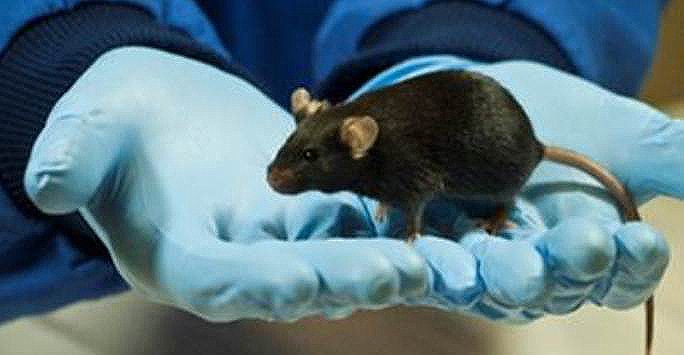The impact of handling mice - changing practice
Professor Jane Hurst’s group have developed new methods for handling laboratory mice that improves animal welfare.
The mouse is the most important laboratory animal used worldwide in industrial and academic biomedical research. Traditionally, mice were picked up by their tail but Professor Hurst’s research showed that this is very stressful for the mice. She developed two alternative handling methods, either using a handling tunnel or cupping the mouse on an open hand. Her research showed that these methods led to lower anxiety levels in the mice. In addition to improving mouse welfare, her latest study has shown that when mice are handled with the refined techniques, the scientific results obtained from laboratory research are much more robust and reliable, and fewer mice need to be studied.
Professor Hurst and John Waters, an animal care and welfare officer, have undertaken extensive work to promote their improved mouse handling methods and have given seminars and training to hundreds of people in universities and the pharmaceutical industry across Europe and beyond. They have worked closely with the National Centre for the Replacement, Refinement and Reduction of Animals in Research, NC3Rs, to encourage other researchers around the world to adopt these techniques.

How to pick up a mouse
The National Centre for the Replacement, Refinement and Reduction of Animals in Research website features our work in this area. Here we provide practical tips on non-aversive handling, including a webinar, a video tutorial, and the underpinning evidence base.